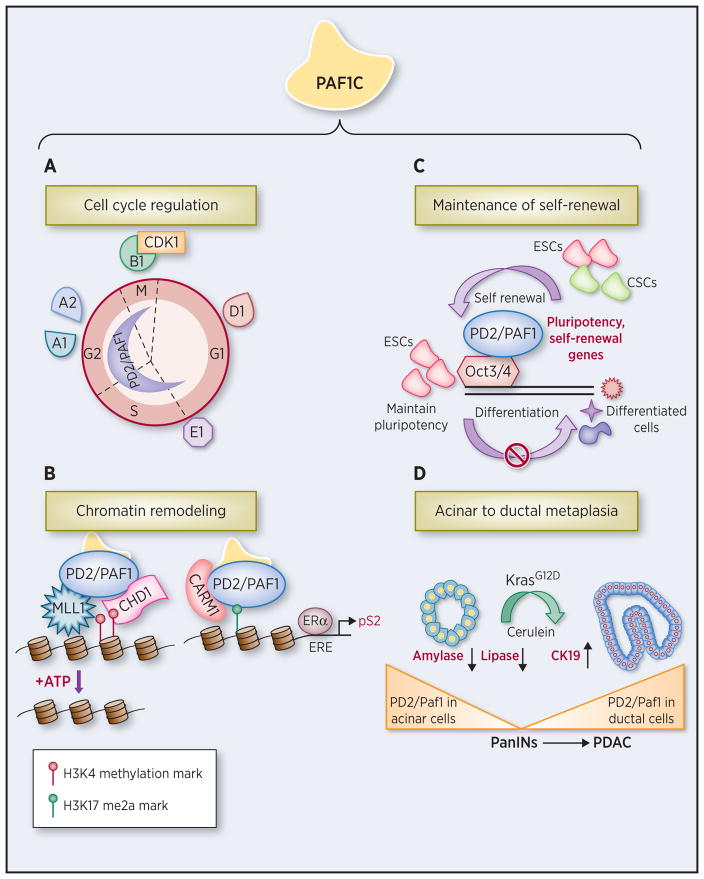Figure 3. PD2/PAF1 as a master regulator of key cellular processes.
PD2/PAF1 and PAF1C have several distinct functions in key cellular processes. A. PD2/PAF1 controls cell cycle progression by specifically regulating a subclass of genes (cyclins A1, A2, D1, E1, B1, and cyclin dependent kinase, CDK1) implicated in cell cycle progression during G1/S, S/G2, and G2/M. B. PD2/PAF1 performs histone covalent modifications and chromatin remodeling via interaction with the histone methyltransferase MLL1 and regulates the expression as well as nuclear import of CHD1 (an ATPase dependent chromatin remodeling protein that specifically binds to methylated-K4 of histone H3). PAF1C is a ‘reader’ of the histone H3R17me2a mark (di-methylated arginine of histone H3) and is recruited to this specific histone modification mark by CARM1 (coactivator-associated arginine methyltransferase 1) to regulate downstream transcription of ERα (estrogen receptor α) target genes such as pS2. ERE, estrogen responsive element. C. PD2/PAF1 interacts with Oct3/4 in mouse embryonic stem cells (ESCs) and ovarian cancer stem cells (CSCs), and thereby promotes self-renewal possibly by regulating self-renewal genes. D. PD2/Paf1 is expressed in acinar cells of normal pancreas. However, in the case of progressive inflammation driven by cerulein treatment in the background of Kras mutation, PD2/Paf1 is expressed in amylase and CK19 double-positive metaplastic ducts that represent intermediate structures in the process of acinar to ductal metaplasia (ADM). PD2/Paf1 expression is lost and regained during acinar trans-differentiation in PC initiation and it mediates regulation of lineage-specific markers. PanIN, pancreatic intraepithelial neoplasia; and PDAC, pancreatic ductal adenocarcinoma.

